INSAR 2018
Recent articles
Analysis of sequences pegs 102 top autism genes
The number of top autism genes has risen from 65 to 102, based on an analysis of more than 35,000 sequences. And researchers are seeing the first hints of autism risk variants in the regions between genes.
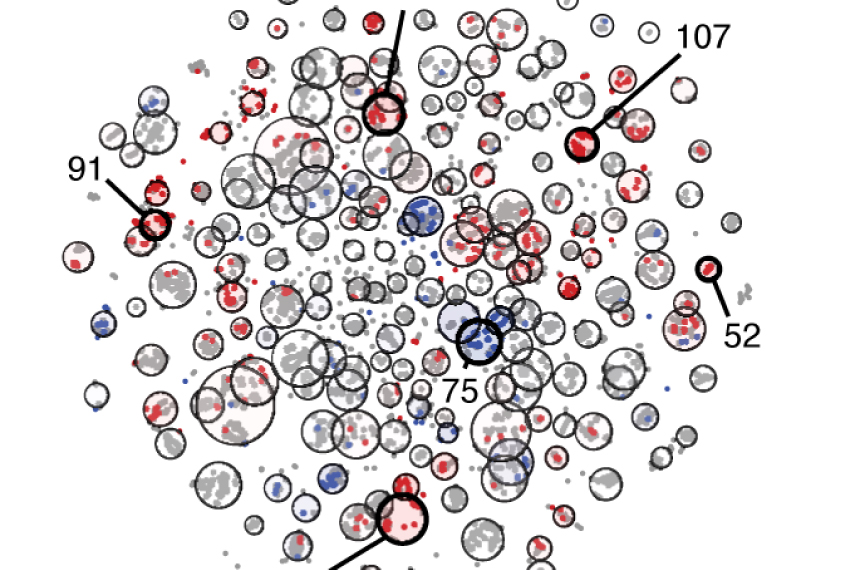
Analysis of sequences pegs 102 top autism genes
The number of top autism genes has risen from 65 to 102, based on an analysis of more than 35,000 sequences. And researchers are seeing the first hints of autism risk variants in the regions between genes.
Vitamin D linked to lowered autism risk in large study
Children born with high blood levels of vitamin D have 25 percent decreased odds of autism compared with those born with low levels.

Vitamin D linked to lowered autism risk in large study
Children born with high blood levels of vitamin D have 25 percent decreased odds of autism compared with those born with low levels.
Motor difficulties forecast language troubles in autism
Children with autism who speak few words and have trouble manipulating objects tend to remain minimally verbal as they reach adulthood.

Motor difficulties forecast language troubles in autism
Children with autism who speak few words and have trouble manipulating objects tend to remain minimally verbal as they reach adulthood.
Children with severe autism increasingly overlooked in research
The proportion of studies that include people with a severe form of autism has fallen over the past three decades.
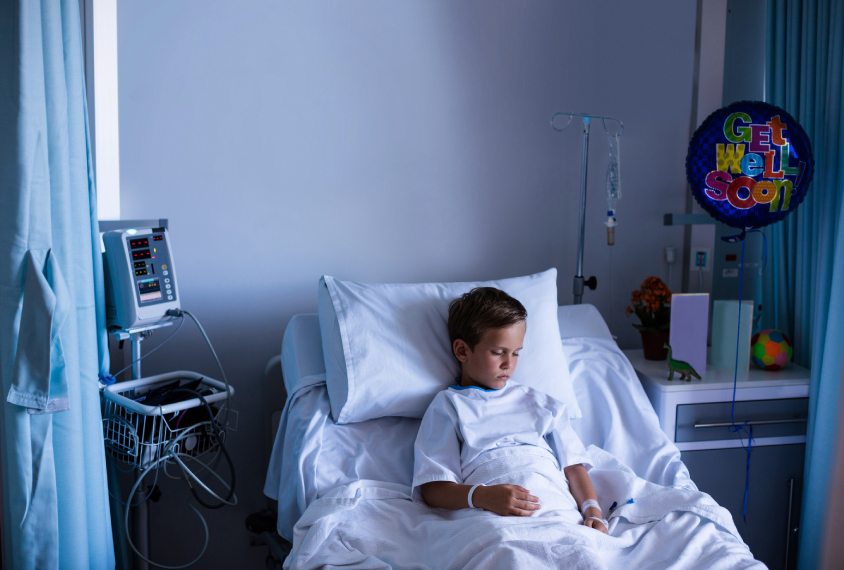
Children with severe autism increasingly overlooked in research
The proportion of studies that include people with a severe form of autism has fallen over the past three decades.
Children with autism have muted fear response
Toddlers with autism show less fear when confronted with something scary than do typical children or those with developmental delay.
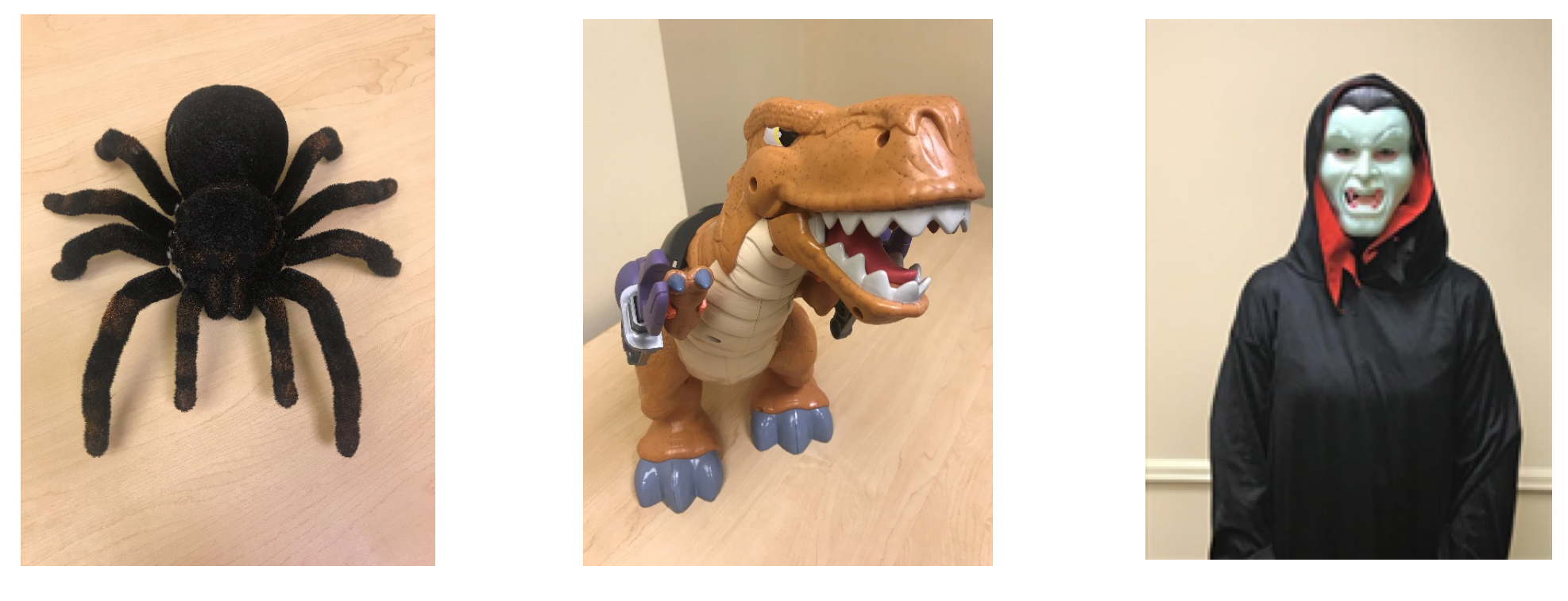
Children with autism have muted fear response
Toddlers with autism show less fear when confronted with something scary than do typical children or those with developmental delay.
Takeaways from INSAR 2018
Adults on the spectrum, gender issues, and the search for autism biomarkers were among the key themes at this year's International Society for Autism Research annual meeting.

Takeaways from INSAR 2018
Adults on the spectrum, gender issues, and the search for autism biomarkers were among the key themes at this year's International Society for Autism Research annual meeting.
Reactions from INSAR 2018
Europe’s largest port is about to get a little busier this week as members of the autism research community pour into Rotterdam, the Netherlands, for the 17th annual International Society for Autism Research (INSAR) meeting.

Reactions from INSAR 2018
Europe’s largest port is about to get a little busier this week as members of the autism research community pour into Rotterdam, the Netherlands, for the 17th annual International Society for Autism Research (INSAR) meeting.
Rise in U.S. autism prevalence stems mainly from ‘mild’ cases
The bulk of the increase in autism prevalence in the United States between 2000 and 2012 can be attributed to children on the mild end of the spectrum.
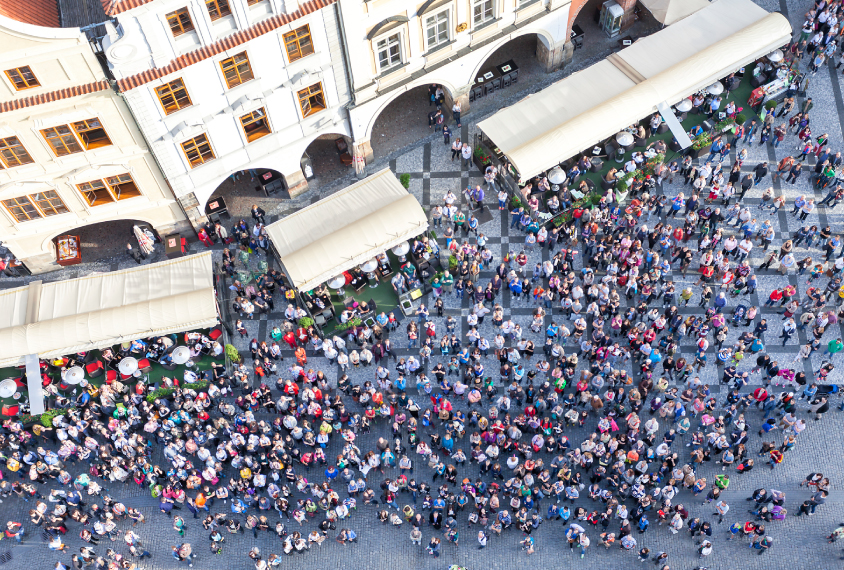
Rise in U.S. autism prevalence stems mainly from ‘mild’ cases
The bulk of the increase in autism prevalence in the United States between 2000 and 2012 can be attributed to children on the mild end of the spectrum.
Special interests hinder self-control in children with autism
Children with autism show much less restraint when confronted with one of their interests, compared with their typical peers.

Special interests hinder self-control in children with autism
Children with autism show much less restraint when confronted with one of their interests, compared with their typical peers.
Who’s ‘minimally verbal’? Depends whom you ask
The proportion of children with autism considered to be minimally verbal in a study depends on the criteria researchers use to identify them.

Who’s ‘minimally verbal’? Depends whom you ask
The proportion of children with autism considered to be minimally verbal in a study depends on the criteria researchers use to identify them.
Explore more from The Transmitter
New organoid atlas unveils four neurodevelopmental signatures
The comprehensive resource details data on microcephaly, polymicrogyria, epilepsy and intellectual disability from 352 people.
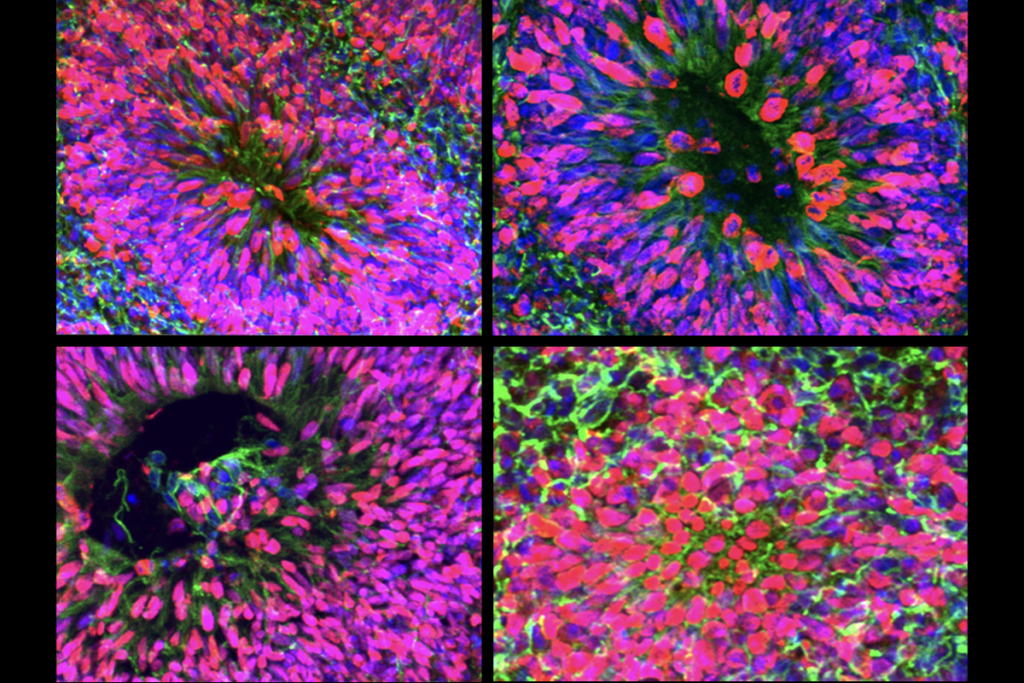
New organoid atlas unveils four neurodevelopmental signatures
The comprehensive resource details data on microcephaly, polymicrogyria, epilepsy and intellectual disability from 352 people.
Can neuroscientists decode memories solely from a map of synaptic connections?
Five experts discuss the progress, possibilities and hurdles of decoding a “nontrivial” memory from an organism just by analyzing its brain connectivity patterns.
Can neuroscientists decode memories solely from a map of synaptic connections?
Five experts discuss the progress, possibilities and hurdles of decoding a “nontrivial” memory from an organism just by analyzing its brain connectivity patterns.
AI-assisted coding: 10 simple rules to maintain scientific rigor
These guidelines can help researchers ensure the integrity of their work while accelerating progress on important scientific questions.

AI-assisted coding: 10 simple rules to maintain scientific rigor
These guidelines can help researchers ensure the integrity of their work while accelerating progress on important scientific questions.